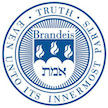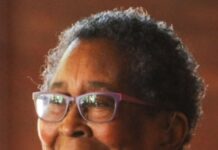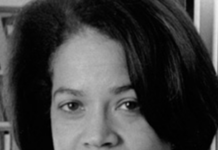 Using data from the National Equity Research Database (NERD), researchers at Brandeis University in Waltham, Massachusetts, are able to show dramatics differences in poverty rates in different neighborhoods in the Boston metropolitan area. NERD data for local areas across the United States is expected to be released later this year.
Using data from the National Equity Research Database (NERD), researchers at Brandeis University in Waltham, Massachusetts, are able to show dramatics differences in poverty rates in different neighborhoods in the Boston metropolitan area. NERD data for local areas across the United States is expected to be released later this year.
Overall, 25 percent of African American families in Boston have incomes below the poverty threshold. But the data shows that in some neighborhoods the African American poverty rate is as high as 56 percent.
And the NERD data shows that racial gaps occur within specific neighborhoods indicating that African American poverty is not restricted to just the neighborhoods with the lowest family incomes. For example, the poverty rate for African Americans is three times the rate for Whites in Jamaica Plain and the South End and seven times the rate for Whites in the South End. In Charlestown, the African American poverty rate is 56 percent compared to a 6 percent rate for Whites.
Clemens Noelke, research director at the Institute for Child Youth and Family Policy in the Heller School for Social Policy and Administration at Brandeis University, stated that “the city of Boston is becoming more diverse, but stubborn inequities persist across racial and ethnic groups and neighborhoods. Looking at statistics for the entire city or for the city’s more diverse neighborhoods can mask these large inequities, and create a misleading picture of population and socioeconomic characteristics across the city. You need data that is local and broken down by race and ethnicity to gain a better understanding of what’s happening in the neighborhoods, city and the metro area.”










